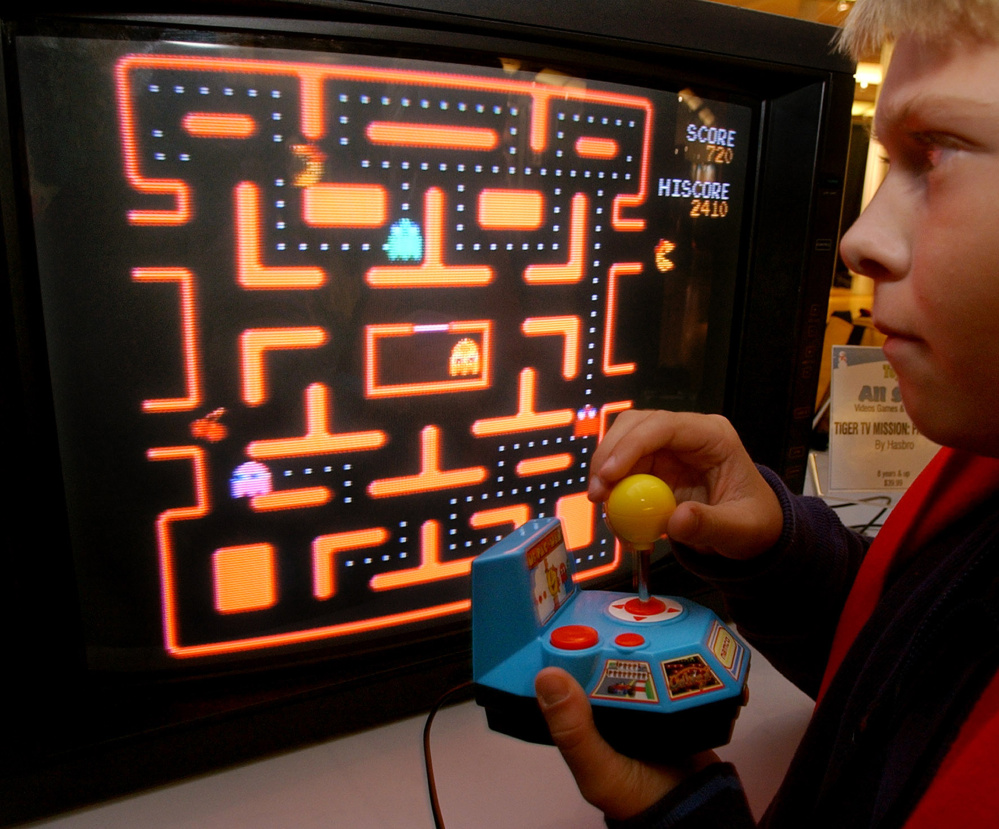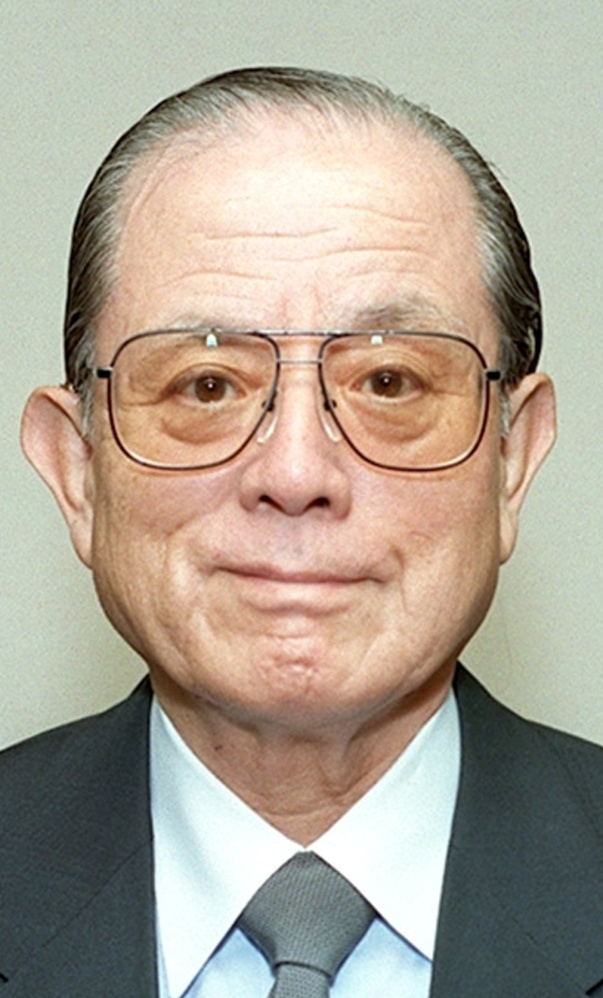When Masaya Nakamura founded his gaming company Namco in 1955 Tokyo, all he offered to entertain the public were two mechanical horse rides stationed atop a department store’s roof.
Years later, he would earn the nickname “Father of Pac-Man,” after his company released the game, which has been played more than 10 billion times in the 36 years since its release. The game’s success would become so great, Nakamura himself would argue that the world’s obsession with the hungry, yellow circle might be detrimental.
Nakamura died on Jan. 22 at 91 years old, though it wasn’t announced until Monday in a release from his company Bandai Namco. A cause of death was not listed.
Though he studied shipbuilding at the Yokohama Institute of Technology, Nakamura anticipated the need for entertainment in post-World War II Japan. His company was originally titled Nakamura Amusement Machine Manufacturing Company (later shortened to the more manageable Namco).
It did well, but when the video game craze arrived in Japan in the late ’70s, he shifted his business plan. Thinking differently than his contemporaries, he focused his hiring on creativity over educational pedigree.
“For game designers, the knowledge acquired in school is not so helpful. I want people who think in unusual ways, whose curiosity runs way with them, fun-loving renegades,” he told the New York Times in 1983.
The plan worked: Toru Iwatani, one of Namco’s engineers, developed Pac-Man in 1980, which now holds the Guinness World Record for most successful coin-operated arcade game.
Originally, the game was called Pakkuman in Japan, a reference to the Japanese phrase paku-paku which describes the sound of a mouth rapidly flapping open and shut (think “munch-munch”), according to the A.V. Club.
The American version was set to be called Puck-Man, given the main characters’ resemblance to a jaundiced hockey puck. But Nakamura, according to Steven Kent’s book “The Ultimate History of Video Games,” realized the ease with which Americans might replace the “P” with an “F,” hinting at a very different game.
According to Wired, after that decision, they changed it to “Pac” for the entire world.
Nakamura told Kent he didn’t expect Pac-Man to be particularly popular. “I did not imagine that Pac-Man would be an international hit of the magnitude that it was and is to date. People know Pac-Man. People who don’t even know about video games know about Pac-Man. So, no, I didn’t realize that it was going to be the hit that it is.”
He doubled-down on this thought in a 1983 interview, “You know baseball? Well, I knew it would not be a single. But I thought maybe a double, not a home run.”
One reason could be that the game was developed for women, not the men who were traditionally drawn to video games. It was thought women enjoyed eating – the main action in the game – more than men. Not to mention that the main character was designed after grabbing a slice from a full pizza.
According to Wired:
Around the time that we launched Pac-Man, video arcades were filled with games where you shoot aliens. It seemed very dark. It was for men, it wasn’t fashionable at all. When women would go out, they’d go out in a group of friends or with a boyfriend as a couple. And I realized that if women and couples were going to come to game centers, they had to be cheerful places.
When you think about things women like, you think about fashion, or fortune-telling, or food or dating boyfriends. So I decided to theme the game around “eating” – after eating dinner, women like to have dessert.
Furthermore, it was thought women would love the characters.
Of course, the game appealed to both genders. As CNN reported, it sold more than 100,000 arcade units in the United States during its first year.
It grew so popular a surprised Nakamura actually began speaking out against how much time people spent playing it.
“I am a little concerned about the way some young people play it so much,” he said in 1983. “It’s not a very happy thing to see people spending so much time on it. Once it goes beyond a certain level, it is not good for young people.”
But it only continued to grow in popularity, bleeding deeply into pop culture. In 1982, for example, The Buckner and Garcia song “Pac-Man Fever” charted at No. 9 on the Billboards Singles Chart. In 1988, the New York Times called a financial planning strategy in which a company “boldly bid[s] for the very company trying to take it over” the “Pac-Man defense.” Just last year, “Pixels,” a major film about a Pac-Man coming to life, flooded theaters.
Even Google turned to the video game when it created its first interactive Google doodle in 2010 – a Google-ized version of the game.
Namco, which merged with rival gaming company Bandi in 2005, would go to release popular games such as Galaga, Pole Position and Ms. Pac-Man, the sequel to its seminal game.
But, much like in the game itself, Pac-Man stands alone.
Copy the Story LinkSend questions/comments to the editors.




Success. Please wait for the page to reload. If the page does not reload within 5 seconds, please refresh the page.
Enter your email and password to access comments.
Hi, to comment on stories you must . This profile is in addition to your subscription and website login.
Already have a commenting profile? .
Invalid username/password.
Please check your email to confirm and complete your registration.
Only subscribers are eligible to post comments. Please subscribe or login first for digital access. Here’s why.
Use the form below to reset your password. When you've submitted your account email, we will send an email with a reset code.